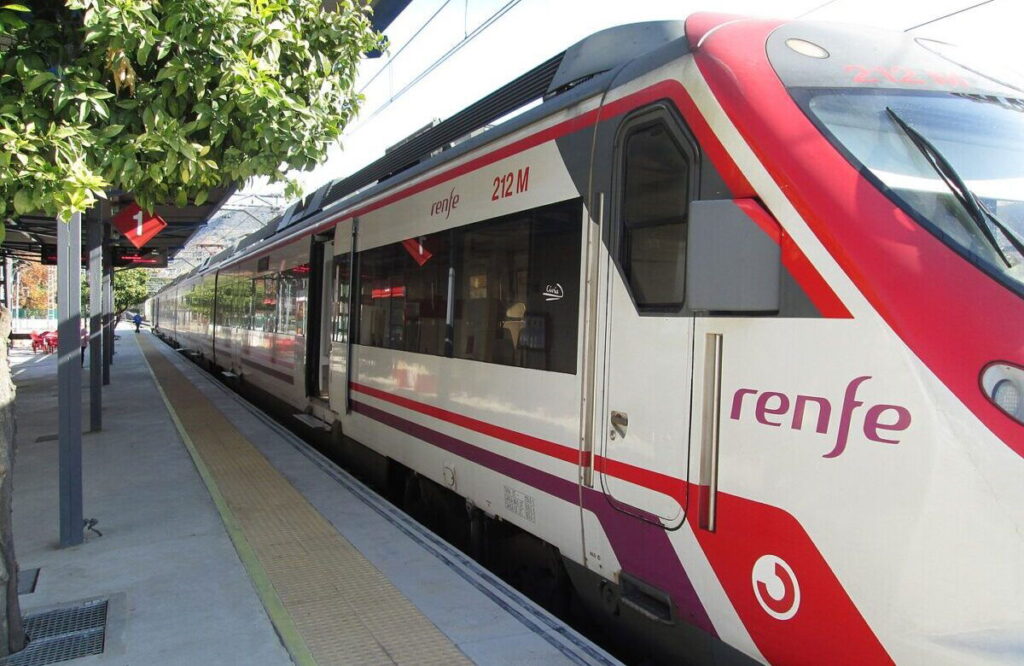
Since June 3, the contract formalised by the Ministry of Transport has been ready to put a plan together that will visualise the long-awaited coastal rail line.
With a total budget of almost a million euros, the study has just got underway and is expected to deliver a fully detailed project for building the rail link within the next 18 months.
Despite numerous technical evaluations conducted over the past two decades, none have progressed much beyond initial discussion, making this next step critical. One key factor in determining the future viability of the railway connection is the potential passenger demand. Initial ministry data is highly favourable, estimating up to 60 million annual trips across the entire route (Algeciras-Nerja) and about 46 million for the Malaga-Estepona section alone. However, these figures require detailed analysis. Based on initial estimates, the geographic scope is divided into four segments:
Malaga-Fuengirola: This segment offers the highest commuter trip capture. Stretching 30 kilometres with an estimated population of 818,867, it could see 70,000 daily trips, representing 22 per cent of the nearly 323,000 daily trips of more than 5 kilometres in the area. Annually, this could reach 25.5 million train rides, a significant increase from the 16 million using the current commuter rail in 2023.
Fuengirola-Estepona: This 51-kilometre stretch lacks any railway infrastructure. It could encourage some 55,615 daily commuter trips (20.3 million annually), accounting for 16 per cent of the area’s total daily mobility of over 341,300 trips.
Nerja-Malaga: Covering 52 kilometres with a population of 774,208, this segment is estimated to have 26,763 daily trips, or 18 per cent of the area’s 150,523 daily trips.
Estepona-Algeciras: Covering 50 kilometres, this segment has the lowest daily trip capture at 13,387, or 12 per cent of the area’s 115,599 daily trips.
The tender’s technical specifications outline the development of potential operational scenarios, studying service numbers, frequencies, travel times, and demand variations. Operating costs and financial and socioeconomic profitability will also be examined.
The study emphasises exploring technically viable alternatives for the proposed rail corridor, compatible with a potential step-by-step implementation. The corridor is divided into five segments: four in the western area (Malaga-Fuengirola, Fuengirola-Marbella, Marbella-Estepona, and Estepona-Algeciras) and one for Malaga to Nerja. Only the Malaga-Fuengirola segment currently has a railway in operation, opening the possibility of using it as a base with additional improvements.
With any luck, the long-awaited train link is now on its way, and so too an end to the political in-flighting that has accompanied it.







